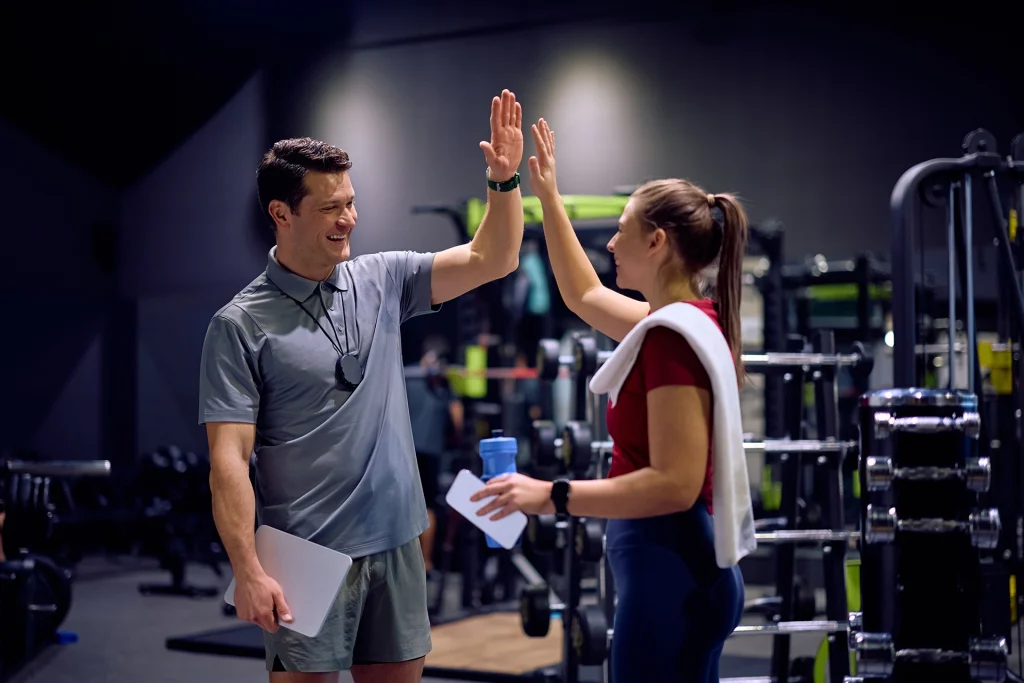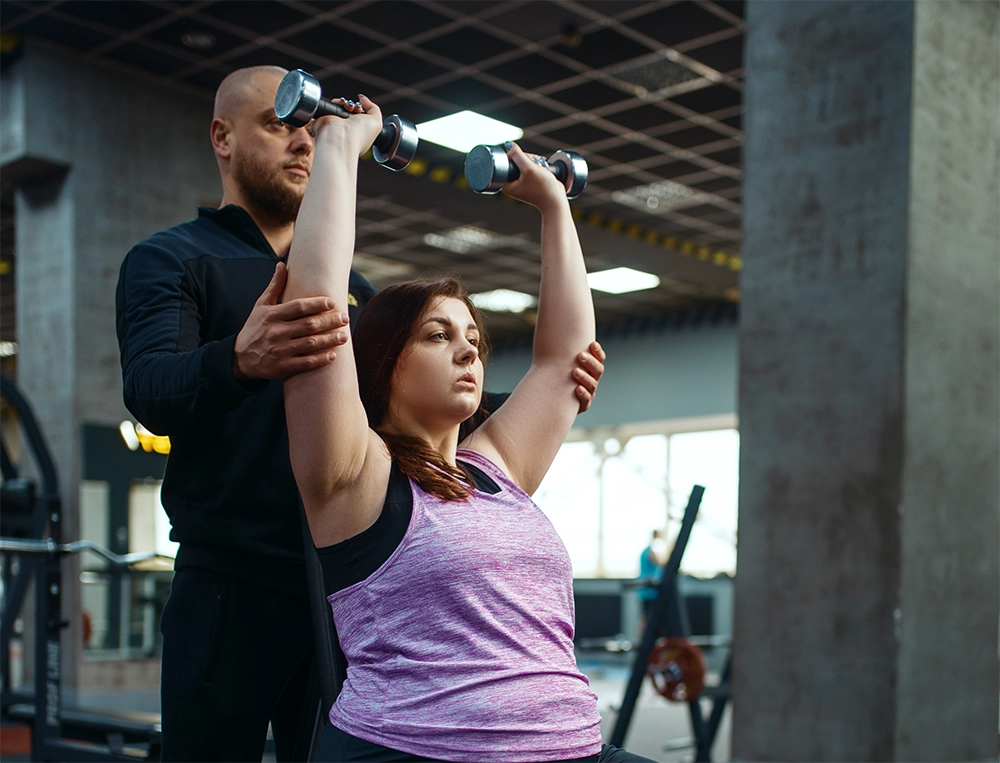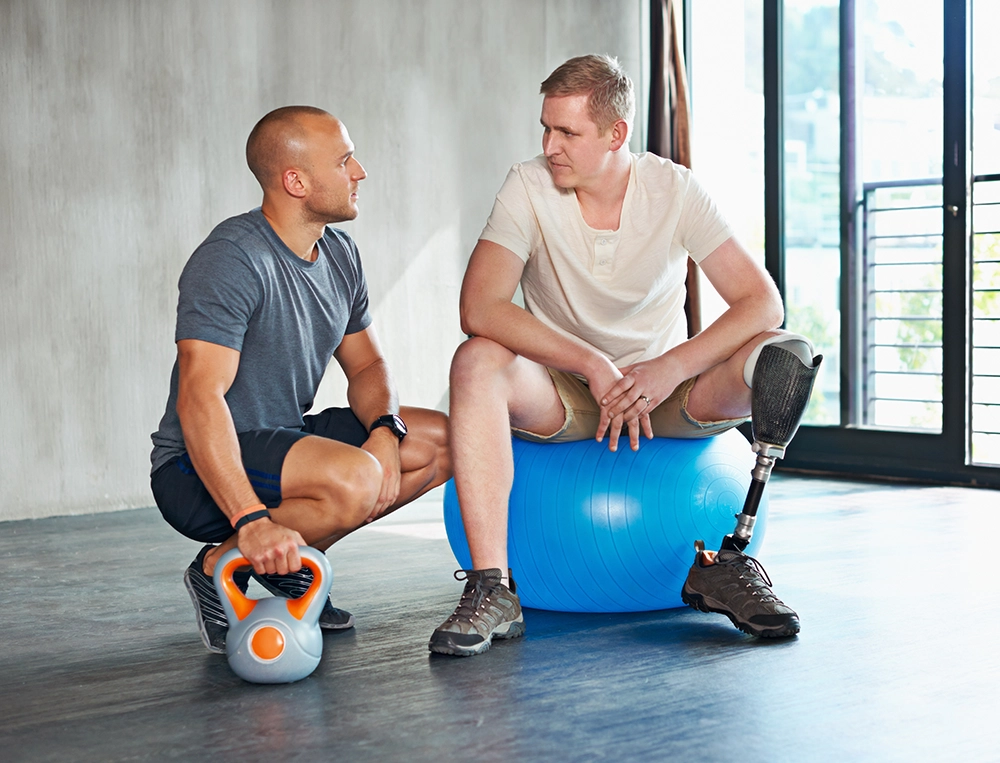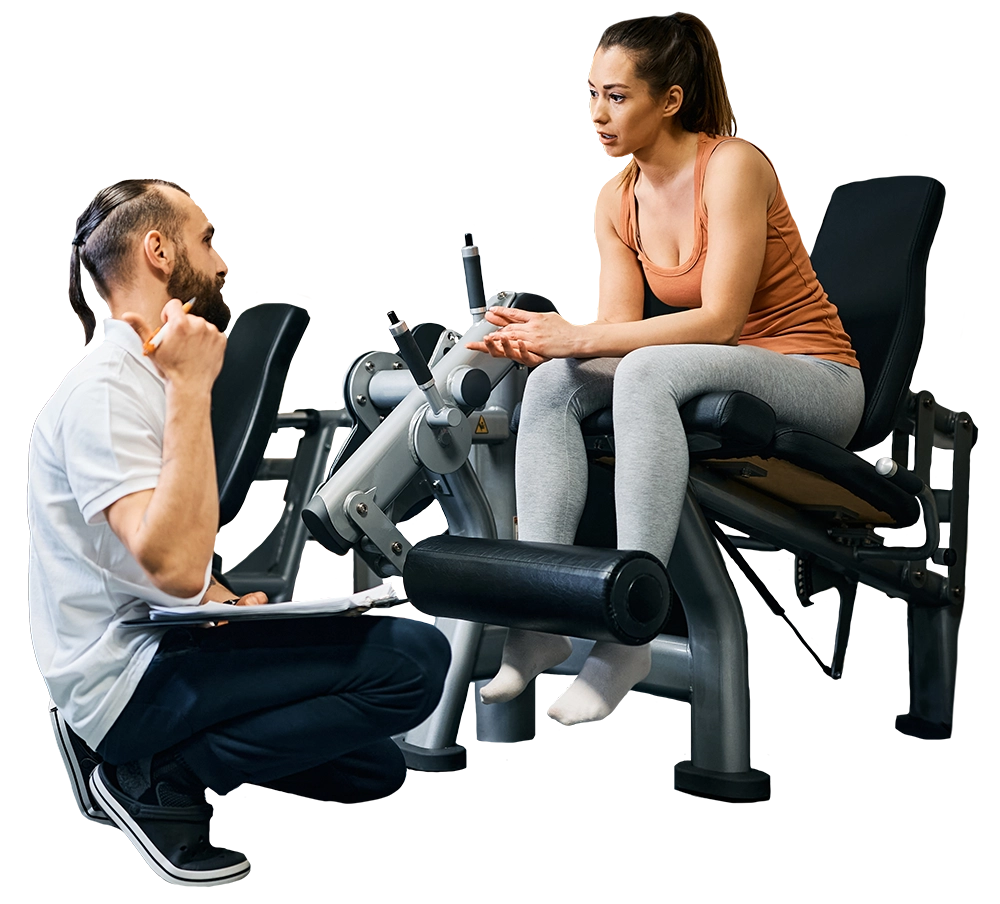PT BUSINESS
From Canned Soup to Culinary Craft: Rethinking Personal Training as a Service

There’s a useful metaphor that exposes a persistent flaw in personal training today: most of it is like choosing soup at a cheap restaurant. You pick your flavour – tomato, pumpkin, maybe something a little fancier – but that’s it. Your meal is likely then poured from a tin, warmed up, and served without much thought.
You might think you’re getting something personalised to your taste, but really, you’re just choosing pre-prepared dishes from a fixed menu, unaware that the ‘chef’ isn’t actually cooking – just reheating.
In the fitness industry, this is how most personal training sessions come about. Often, it’s an overpriced, low-value service dressed up as personalisation, relying on program templates, generic protocols and flashy packaging. No real adaptation. No deep assessment of suitability. But, if we’re serious about raising the standard of our profession, we need to start thinking of personal training as fine dining – and that means taking customisation seriously.
The Difference between a Meal and a Masterpiece
Let’s continue with the food metaphor…
Imagine walking into a high-end restaurant. Your waiter doesn’t just ask what you want – they ask what you need. Any allergies? Sensitivities? Preferences? They pass that information to the chef, who makes the necessary adjustments to your dish, and your dish only. You’re heard, understood and served something cooked precisely to your taste.
That’s what intelligent exercise should be.
Let’s break it down:

Dietary restrictions =
structural limitations or injuries
Ignore them, and you don’t just compromise the experience. You risk actual harm. A good chef doesn’t ignore a shellfish allergy. A good trainer doesn’t ignore a client’s shoulder instability.

Taste preferences =
personal goals
People who hire a personal trainer typically want to be ‘more capable’. But capable of what? Running 10km? Playing with their grandkids well into retirement? Feeling confident on holiday? Like adjusting a dish for salty, spicy or other palate preferences, training should be adapted around these specifics, not just assumed.
A poor trainer – like a poorly equipped chef – either lacks the tools (appropriate equipment) or the knowledge (mechanical understanding) to adapt. And most clients don’t know enough to question it. That’s what they’re paying a trainer for, after all.
The Invisible Cost of Poor Programming
In restaurants, consequences for bad services are clear and immediate. A food allergy ignored could mean an instant trip to the ER! But in the gym, you can get away with poor practice for a long time. Clients rarely understand their joint structures. They don’t know how resistance can be misaligned with planes of movement. So, they trust their trainer to know what’s best for them. And unless the pain shows up fast, they keep coming back.
But just because someone hasn’t felt the consequences yet, doesn’t mean there won’t be any. Poor application of the relationship between resistance and joints might not cause issues on day one – but give it a few years!
The reality is that most of us can get away with under-serving clients simply because those clients don’t know better.
Sprinkling in Extra Sets Isn’t Sufficient
Here’s another common industry misfire: let’s say a client wants to ‘tone their arms’ or ‘build their glutes’; most trainers just add a few extra sets targeting those body parts. Maybe even throw in a trending new exercise from Instagram. But that’s not customisation. That’s handing a customer a salt-shaker and telling them to season their own meal!
True exercise customisation requires:
- understanding how the joint is structured for that individual
- aligning resistance through appropriate planes and joint ranges
- coaching execution and control with meaningful support
- adjusting based on their feedback – set by set, rep by rep.
Achieving goals is one thing. But achieving them safely, effectively and intelligently should be the benchmark, not a bonus.
What Luxury Hospitality Can Teach Us
If you’ve ever experienced five-star hospitality, you’ll know the points of difference:
anticipation of needs
attention to
detail
real-time responsiveness
consistency in delivery
That level of attention isn’t indulgent, it’s professional. It’s the foundation of a service built around care and craft.
So why doesn’t that mentality exist in personal training?
If someone’s trusting us with their body, their health and their long-term function, then our level of attentiveness, education and execution has to reflect that (and if we’re charging premium rates, then it should be non-negotiable)!
Beyond the Menu: A Call for Higher Standards
It’s time to retire the ‘good enough’ mindset. To move past protocols and start thinking in principles. To stop serving everyone the same plan with minor edits, and call it’ individualisation’.
The truth is, most clients paying for ‘personal’ training have never experienced what true customisation feels like. And they won’t unless we commit to doing the work.
We’re not here to hand out tinned soup! We’re here to design five-star meals, cooked from scratch for the individual in front of us. And not because it’s trendy. Not because it looks good on Instagram. But because it’s what professionalism demands.

Looking to understand how to take exercise from prescribed to designed? Check out upcoming RTS workshops at aus.rtsglobal.org/tsos
